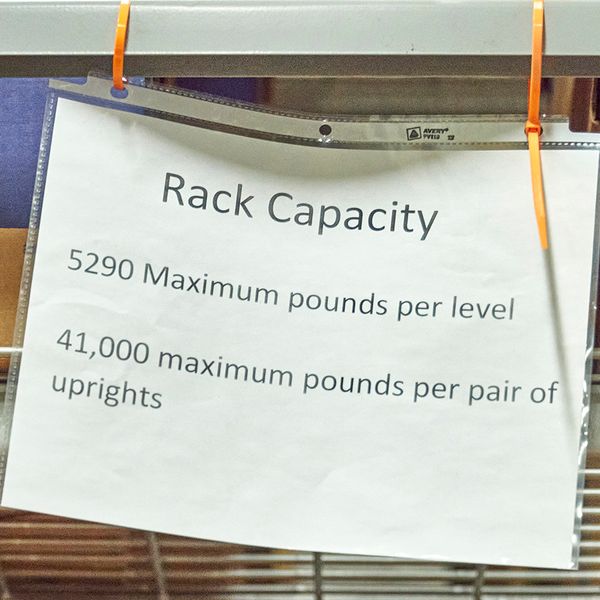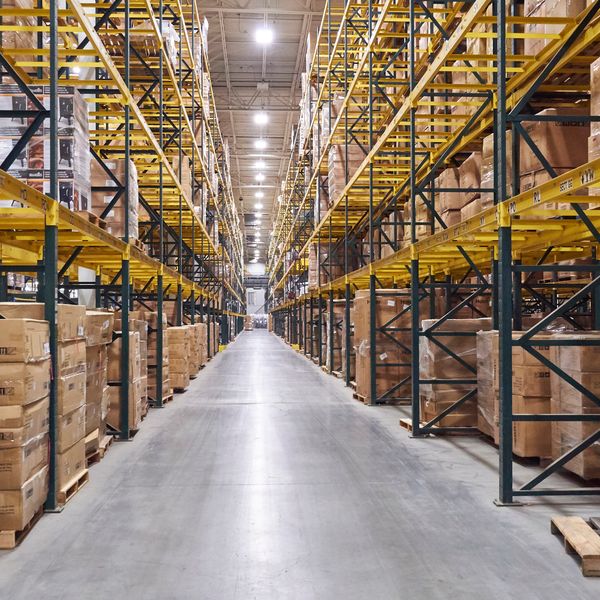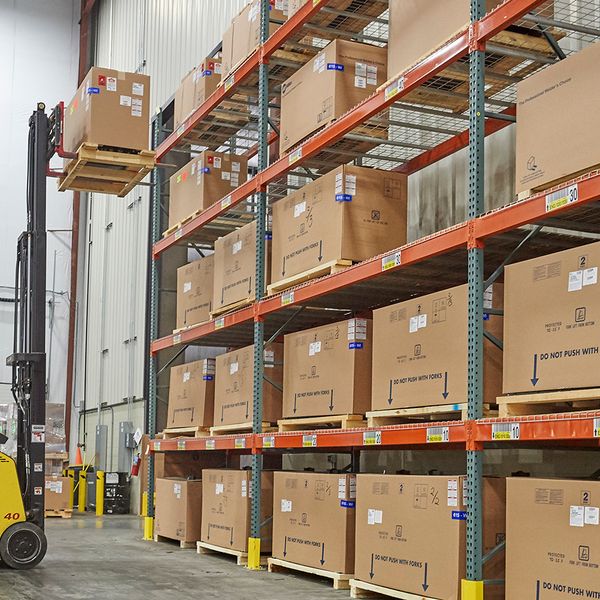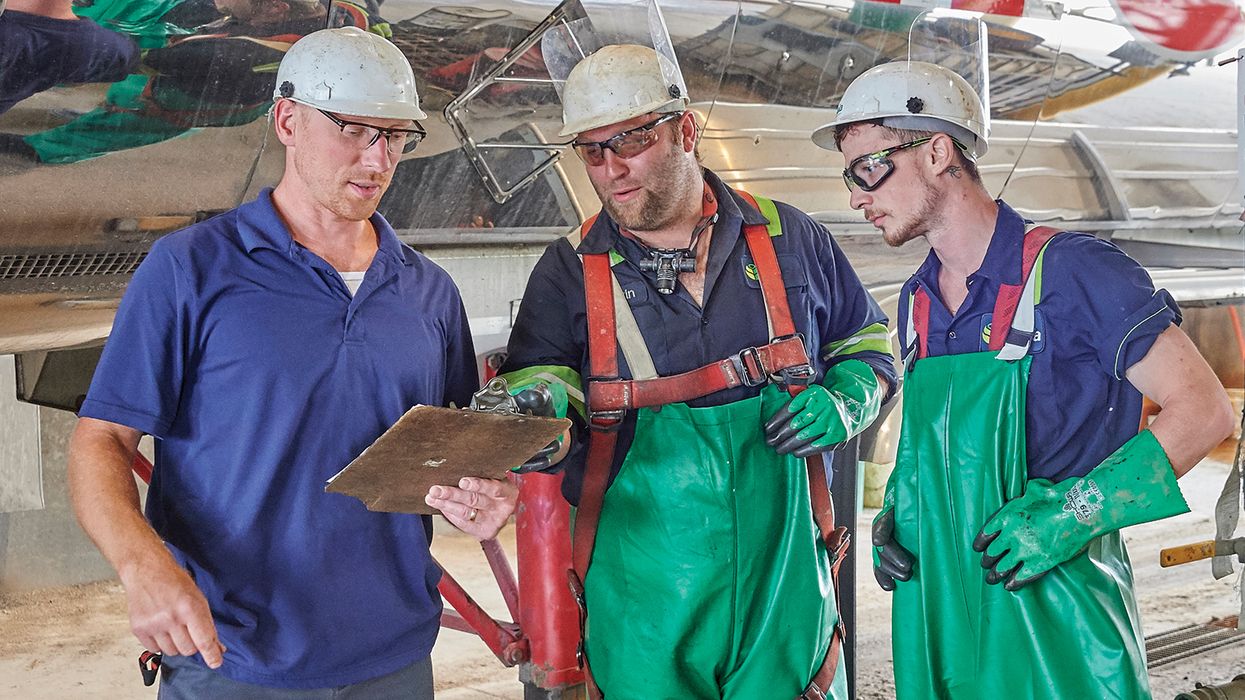Shelf supplies, not safety!
OSHA doesn’t require shelving units to be labeled with weight capacities. That being said, 1910.176(b) of Subpart N – Material Handling and Storage states, “materials shall not create a hazard.” Failure to protect workers from material storage hazards can result in serious injury as well as stiff fines and penalties. Employers have been cited for unposted capacities, damaged shelving, improper installation, and unsafe modifications. Storage shelving must be installed appropriately, limited to a safe height, secured properly, and guarded to prevent unwanted consequences.
As with many standards, OSHA also leans on ANSI for safety requirements and recommendations. ANSI/RMI MH16.1 – Specification for the Design, Testing and Utilization of Industrial Steel Storage Racks recommends securing storage racks of various types and heights. This will increase their stability and help decrease the potential for tipping over. ANSI suggests anchoring shelving to the floor with anchor bolts provided by the shelving manufacturer and securing shelving either to the wall or to each other for additional stability.
The weight of stored materials can’t be allowed to exceed safe weight and volume limits of shelving. Most industrial shelving is already labeled, helping to identify capacities for each shelf or shelving unit. For shelving not labeled or made in-house, OSHA recommends determining capacity limits using sound engineering calculations and clearly marking storage equipment with safe load capacities. Again, this is not required, but will substantially help minimize the risk of human error.
Mitigating shelving hazards
Employers are responsible for identifying and mitigating shelving hazards in the workplace. Some effective ways of protecting workers while shelving materials include:
- Inspecting and maintaining shelving and racking regularly to prevent collapse.
- Removing any damaged shelving or immediately isolating the affected area until damaged shelving can be repaired or replaced.
- Anchoring shelving to walls and floors to prevent tipping.
- Labeling shelving and storage racks with load capacities and ensuring storage capacities are not exceeded.
- Installing guards on shelving uprights to prevent damage from incidental vehicle or forklift contact.
- Ensuring materials stored on shelving, racks, and other storage devices are stacked, blocked, interlocked and limited in height so that they’re stable and secure.
- Maintaining storage areas so they’re free from accumulation of materials that could lead to tripping, protruding materials, or other hazards.
- Training workers to store heavier loads on lower or middle shelves and lighter loads on higher shelves.
- Encouraging good ergonomics to prevent injury or musculoskeletal disorders.
Other applicable standards for shelving
1910.176(b) – “Storage of material shall not create a hazard. Bags, containers, bundles, etc., stored in tiers shall be stacked, blocked, interlocked and limited in height so that they are stable and secure against sliding or collapse.” This includes the shelving itself falling or collapsing.
1910.22(a)(3) – “Walking-working surfaces are maintained free of hazards such as sharp or protruding objects, loose boards, corrosion, leaks, spills, snow, and ice.” This includes protrusions from shelving.
Keys to remember
Employers can help prevent workplace injuries and fatalities by objectively observing workplace operations and identifying hazards associated with material handling and shelving storage. Preventing workplace shelving incidents requires an understanding of shelving limitations, performing regular inspections, and training workers on safe use of shelving.































































